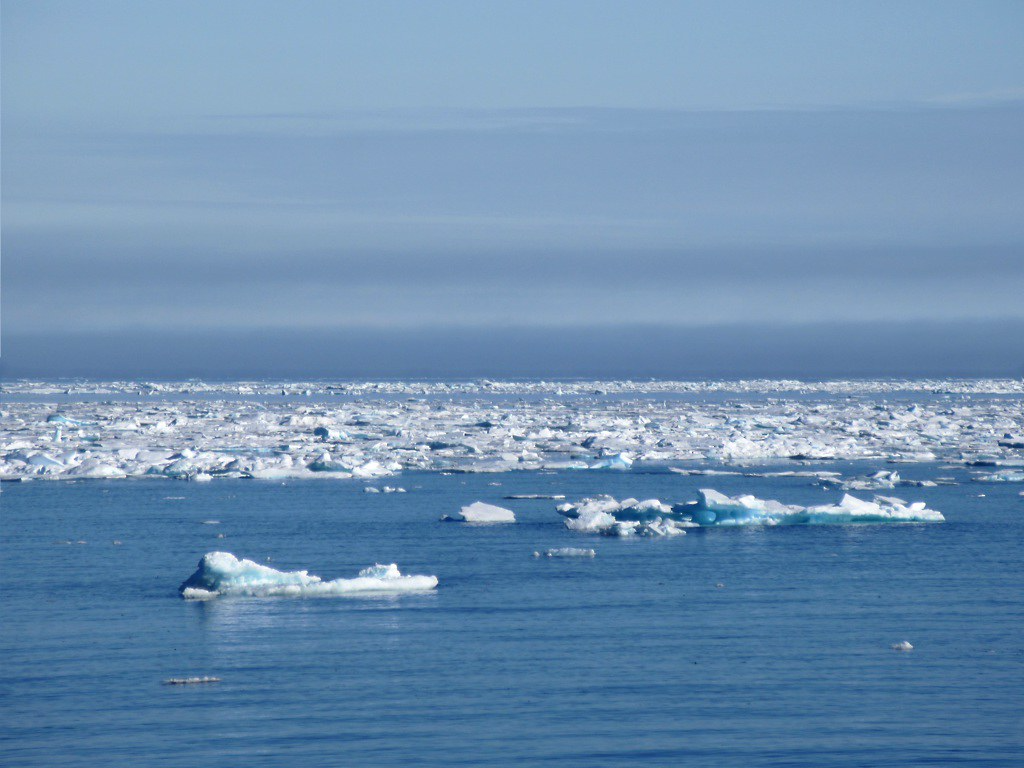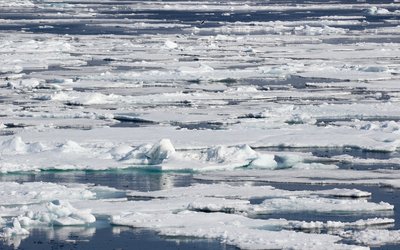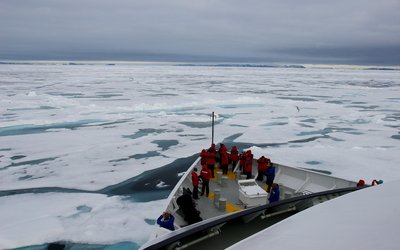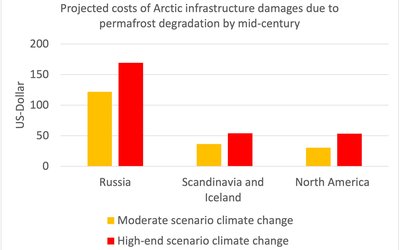Transport, infrastructure and building
By 2100, year-round navigation of the Arctic Ocean
July 31, 2024

Ice flows in Baffin Bay, west of Greenland (Photo: David Stanley, www.flickr.com)
Arctic sea ice is retreating due to global warming, increasing opportunities to navigate the Arctic shipping lane. For two types of vessels – strengthened Polar Class 7 ships and open water vessels – Arctic navigability was studied for the period from 2023 to 2100. This was done for a moderate climate change scenario.
The results show that from 2065 onward these vessels will be able to achieve stable and safe navigation across the Arctic Ocean during the summer and autumn seasons, with the potential for year-round navigation. By 2100, the average annual number of navigable days for strengthened Polar Class 7 ships is 301 days. For open water vessels this number is slightly lower, 247 days.
The economic impact of the Arctic sea ice retreat could be significant, reshaping international trade among Asia, Europe, and America. Compared with traditional shipping routes (such as the Suez Canal), sea ice retreat could reduce maritime transport distance and transport time between Europe and northwestern Asia by 40% and 30%, respectively.
Source: Zhao and Zhang, 2024. Communications Earth & Environment 5: 407.








